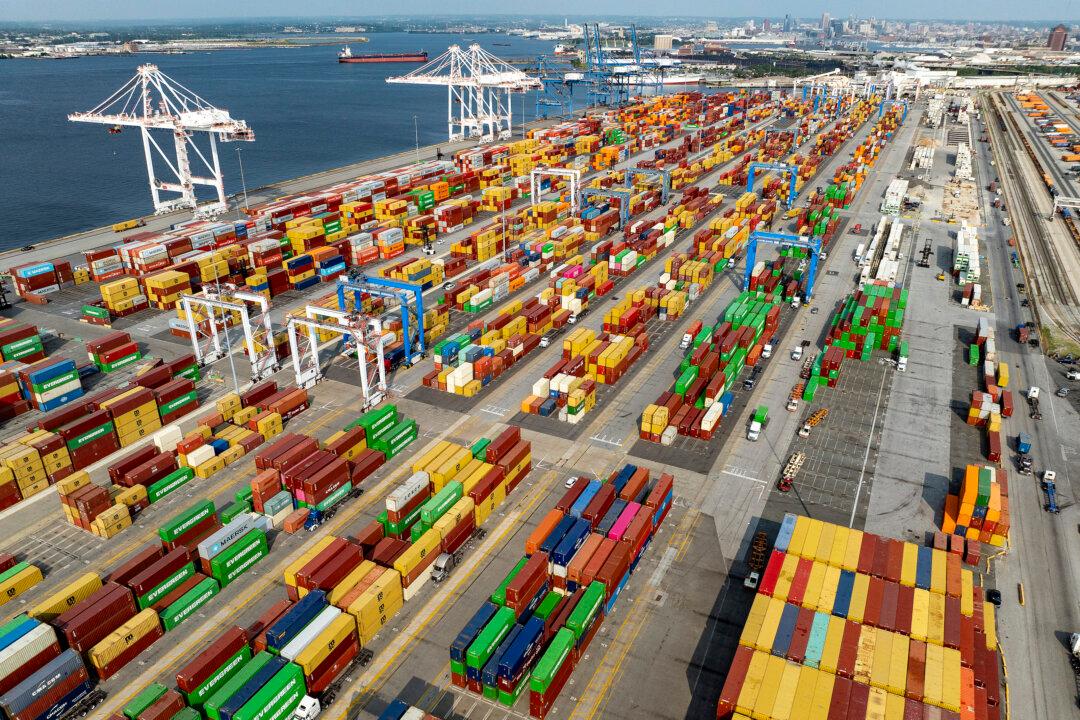Commentary
Despite an endless chain of monetary and fiscal stimuli, the eurozone consistently disappoints in growth and job creation. One of the reasons is demographics. No monetary and public spending stimulus can offset the impact on consumption and economic growth of an aging population, as Japan can also confirm.





